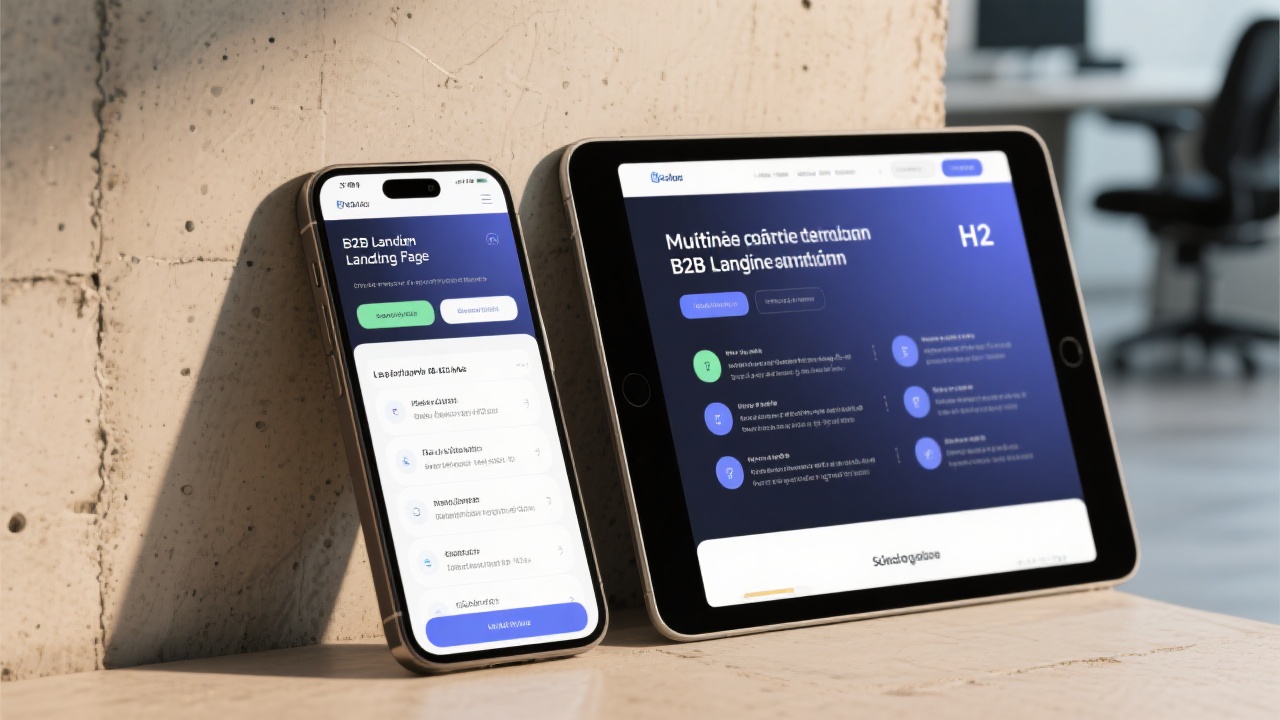 400-076-6558智领未来,外贸超级营销员
400-076-6558智领未来,外贸超级营销员
 400-076-6558智领未来,外贸超级营销员
400-076-6558智领未来,外贸超级营销员

Exchange rate fluctuations remain a persistent challenge for foreign trade enterprises, affecting sales revenue, profit margins, and order stability. According to a 2023 IMF report, emerging market companies faced average foreign exchange volatility spikes of up to 15% within a six-month period, underscoring the urgent need for effective currency risk management. This article unpacks five actionable strategies, supported by real-world cases and financial insights, to help exporters and importers safeguard their business against unpredictable currency movements.
Exchange rate shifts directly influence the landed cost of goods and the competitiveness of price offers in global markets. For example, a sudden 5% depreciation of a company’s home currency against the buyer’s currency can simultaneously increase export revenues but reduce local currency profitability if unhedged. A recent survey of 150 mid-sized exporters in Southeast Asia revealed that 68% experienced over 10% fluctuations in monthly profit margins tied solely to currency changes.
Utilizing currency derivatives such as forward contracts and options allows foreign trade firms to lock in exchange rates ahead of payment dates. Industry data indicates that companies deploying hedging tools reduce earnings volatility by approximately 30%. For example, a textile exporter in Vietnam reported stabilizing its quarterly revenue despite a volatile USD/VND corridor through systematic forward contracts.
Contracts including currency adjustment clauses enable automatic recalibration of invoiced amounts if exchange rates move beyond predefined thresholds. This mechanism shifts partial currency risk back onto buyers or suppliers, promoting shared responsibility. A European machinery manufacturer implementing such clauses cut their risk-related disputes by 40% within the first year.
Reconfiguring supplier bases or localizing production reduces exposure to currency volatility in specific regions. For example, a US-based electronics exporter shifted 35% of its components sourcing to countries with currencies pegged to the dollar, reducing FX-induced cost variability significantly. This approach enhances resilience, especially when currency fluctuations become unpredictable.
Implementing flexible pricing models that adjust periodically based on FX indices helps maintain margins without alienating clients. Automated price recalibration powered by real-time data analytics ensures competitiveness and profitability. The growing adoption of AI-driven pricing tools in 2023 saw businesses improve gross margins by up to 5% through timely adjustments.
Strengthening relationships with reliable customers and offering payment terms aligned with currency trends mitigates FX risk linked to receivables. An African exporter reported a 25% decrease in overdue payments after partnering with credit insurance providers and fine-tuning payment schedules aligned with forecasted currency movements.
Foreign Trade Geek is an intelligent analytics platform designed specifically for export-import enterprises confronting FX risks. By integrating real-time currency data, predictive trend analysis, and scenario testing, this tool supports informed decision-making across all five strategy pillars. From forecasting potential profit erosion to recommending optimal hedging instruments and dynamic pricing adjustments, Foreign Trade Geek streamlines risk management workflows and heightens operational agility.

Experts such as Dr. Helen Marks, a veteran in international finance risk management, emphasize: “Proactive FX risk controls are no longer optional but essential pillars for foreign trade corporate longevity. Combining traditional hedging with smart technology accelerates value retention and business predictability.”

To harness these strategies effectively, trade experts advise continuous monitoring of FX exposure consolidated from sales, procurement, and financing divisions. Leveraging platforms like Foreign Trade Geek enables companies to simulate currency scenarios and optimize contract terms dynamically.
Reflect on your current foreign exchange risk posture. Are there blind spots that might lead to margin erosion? How integrated is your data analytics into risk mitigation workflows? These questions are critical for meeting future market volatility with confidence.

Businesses that incorporate multifaceted FX risk management not only protect profitability but often gain a strategic edge in pricing negotiations and customer trust. Embracing innovation and leveraging smart tools is pivotal in this arena.
Discover How Foreign Trade Geek Can Secure Your Export Business Today
.png?x-oss-process=image/resize,h_100,m_lfit/format,webp)
.png?x-oss-process=image/resize,h_100,m_lfit/format,webp)

.png?x-oss-process=image/resize,h_100,m_lfit/format,webp)
.png?x-oss-process=image/resize,h_100,m_lfit/format,webp)
.png?x-oss-process=image/resize,h_100,m_lfit/format,webp)
.png?x-oss-process=image/resize,h_100,m_lfit/format,webp)
